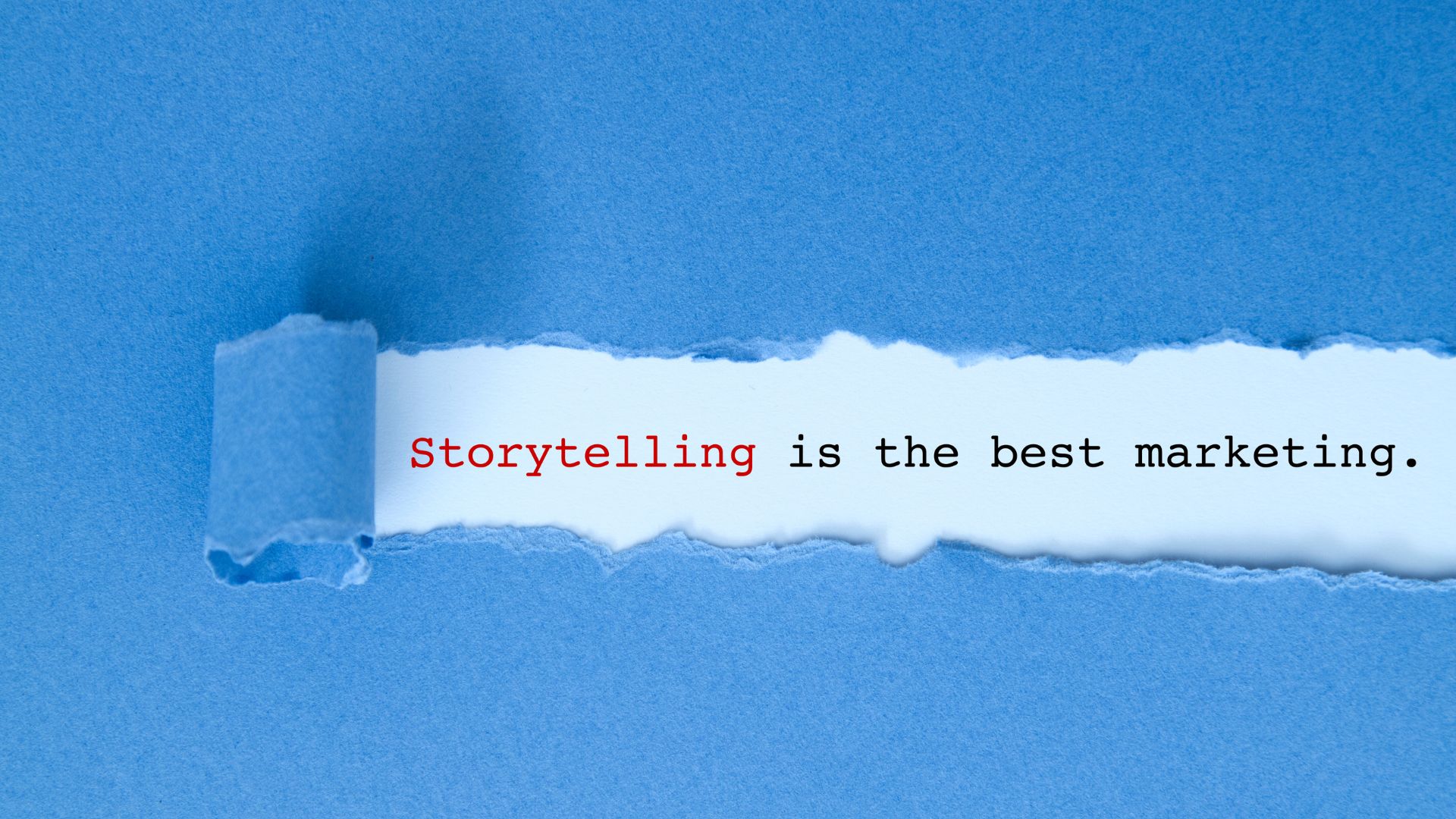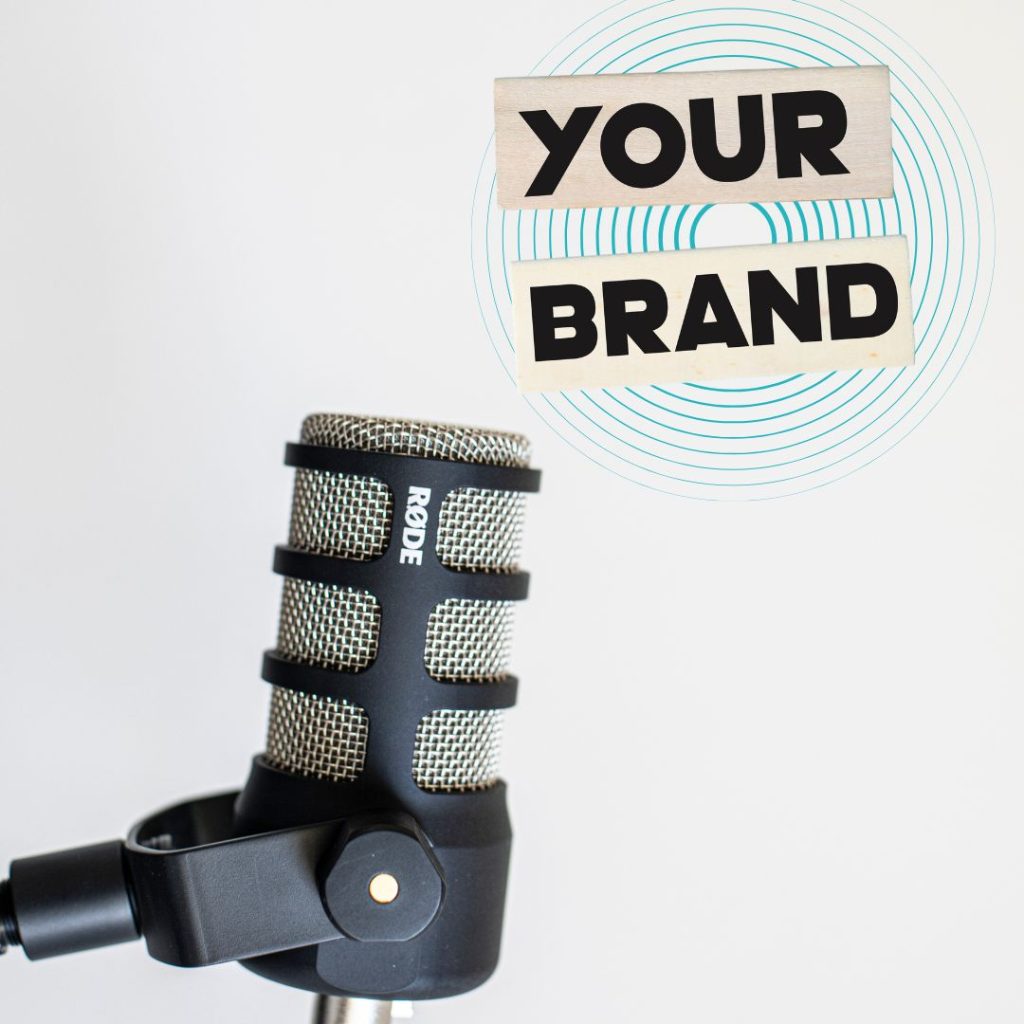Do you want to understand what emotional marketing is and how to implement it in your communication? In this article we are going to see the main characteristics of what is the new essential frontier for a successful business.
Let’s just look back a few hundred years, from the industrial revolution onwards. The 18th century represented the boom in the feasibility of things on a very large scale. The fact of being able to produce something and replicate it and distribute it on a national, continental and then global scale has changed our world forever. Business opportunities have increased dramatically in just a few years and every entrepreneurial activity has begun to ask itself: “how can I produce more, ergo, sell more?” This axiom has not only determined a way of operating, but also a way of thinking, of conceiving existence and, consequently, of relating to each other. “I am wealthy, as an individual or business, to the extent that I am more productive, as I will automatically sell more”. I believe that, more or less, all of us can recognize ourselves in this mentality, directly or indirectly.
But things have changed suddenly, especially since the advent of the internet onwards. The race for reckless and “endless” production (other than profit), combined with the capillarity and speed of saturation that the globalized and 24/7 connected world have made possible, have led us to deal, among other things, with a fundamental aspect: how can I communicate an entrepreneurial value that differentiates me from the millions of people and products that do exactly, or in a very similar way, what I am doing?

The first pillar that fell was the one that depicted us rational beings and that our choices, as people and as customers, are strictly rational and logical. Neuroscience, psychology, behavioral sciences all agree on one aspect: the conscious part of our life (that is, what we believe we know and understand) represents a miserable 5 to 10%. The rest is unconscious, subconscious and therefore emotions, instincts, biology, genetics etc. An impressive amount of information and patterns that we cannot control.
At this point, I think it is quite obvious to make a connection; any communication that does not manage to reach much further than that 10% that we can rationalize is a communication destined to fail or, in any case, to be unheard. And here, the second pillar falls. We have always heard (internalized and therefore accepted) that “business is business”, in the sense that emotions and feelings must be left out, as business is something abstract, inhuman, cold and logical. Is that right, isn’t it? WRONG!! Companies like Apple, Starbucks, Southwest Airlines etc. have achieved unimaginable success because, while everyone else was talking about their product, about how great their WHAT was, they started talking about WHY they did it. The first is received on a rational level, the second activates emotions. This is why some companies do not have customers, but fans. Exactly, fans; as if they were artists. And fans, love unconditionally, irrationally, they forgive mistakes and accidents along the way. Fans are connected on an emotional level. And emotions, drastically overrun that 10% we were talking about before.
Accepted this radical change, how can a company, a freelancer, a personal brand build a project that can excite? Answer: through emotional marketing. Emotional marketing, which also involves communication at a sensorial level, is the expansion of a brand’s communication and messaging strategy that first of all UNDERSTANDS, ACCEPTS AND INCLUDES the emotional aspect of the humans with whom it wants to connect. I wrote “understands, accepts and includes” because we have to be honest: it has almost never been done so far and very few companies do it. This is mainly because, as said before, we have all believed that the emotional and irrational sphere should not enter the business sphere or that it wasn’t that important. Furthermore, we have also believed and hoped for an indisputable greater practicality. Let me explain: it is much more reassuring to believe that the outcome of a product depends entirely on the technical characteristics. The technical characteristics are “scientific”, tangible and rational. They are therefore linearly measurable and programmable. Let’s say that the first 200 years of the industrial revolution worked quite well in the universe of rational communication. Now, however, it would be entrepreneurial suicide to continue undaunted in the belief that I sell more ONLY if I have a technically better product.
We have reached a point (thank goodness!) in that, as customers, we are tired of receiving thousands of brand inputs a day from companies that only want to make a profit without having a minimum interest in the consequences of their actions. In other words, we are demanding (even if unconsciously) from companies and brands exactly as if they were people.

Do you not believe this statement? Here’s the proof. The rise of marketing through influencers and personal brands. Companies have been investing billions in conveying their communication through a face, a human being. Do you know why? Because this human is connected with his community on an emotional level, has earned their trust, accompanies them daily and keeps a conversation open. That’s right: a conversation. Emotional marketing, in addition to touching the strings of human emotion, understands that the company must open a dialogue with its customers and no longer a monologue. That would be ignored and forgotten in no time.
Having come this far, let’s now see what are the macro aspects and skills from which a modern, holistic and all-encompassing brand communication must draw.
BRANDING
Even before marketing, it is essential to define branding and its strategy. This is a complex and multidimensional process that goes far beyond creating a logo or a catchy slogan. It is about building a unique and recognizable identity for a company, a product or a service, creating a deep bond with the public. This bond is strongly rooted in emotions, and science offers us numerous explanations as to why. Branding is in fact the basis of all those things that will then determine the communication style, visuals, messaging, etc. It is about outlining in a clear and extremely professional manner what will then be the guidelines for the development of the brand. Everything, literally everything, will be simpler and more coherent if it is immediately inserted into an appropriate branding context. On the contrary, ignoring this aspect will result in more fragmented, incoherent, disconnected communication and marketing. Three words that will ALWAYS activate an emotion of uncertainty, distrust, a feeling of something that “doesn’t add up” in the customer. Faced with such feelings, humans choose 99% of the time to walk away and choose something else.
THE NEUROBIOLOGY OF EMOTIONS
Emotions play a crucial role in the human decision-making process. According to Antonio Damasio, neuroscientist and author of the book Descartes’ Error, “emotions are not only important; they are fundamental to rationality.” Purchase decisions, for example, are not driven exclusively by logic, but often depend on how a brand makes us feel.
When we come into contact with a brand, the brain activates the limbic system, responsible for emotions and memory. Positive experiences related to a brand can create powerful emotional associations, which drastically influence our future choices. For example, a study conducted by Read Montague at the Baylor College of Medicine showed that, in the so-called “Pepsi Challenge,” participants preferred the taste of Pepsi in a blind test, but chose Coca-Cola when they knew the brand, due to the emotions associated with it. This is a perfect example of what was mentioned before: it doesn’t necessarily sell what is “best”.
BIOLOGY AND BEHAVIOR: THE POWER OF STORIES
Storytelling is definitely the art to develop in the 21st century. From a biological point of view, stories activate different areas of the brain, including the centers related to empathy and imagination. When we listen to or read an engaging story, our brain releases oxytocin, a neurotransmitter that promotes emotional bonding and trust. This is why, if we have to, we empathize more with the imaginary character in a movie, whose whole story has been explained to us, rather than with the tragic event that happened to a real stranger, but about whom we know little or nothing and with whom we have not had the proper time to emotionally share his or her journey.
This explains why many successful brands build narratives around their products or services. Nike, for example, does not just sell sneakers; it sells the dream of personal improvement and victory, embodied in its slogan “Just Do It”.

BEHAVIORAL PSYCHOLOGY AND PERCEPTION OF VALUE
It is important to know (and accept without continuing to resist in vain) that nothing is intrinsically valuable to everyone, in the same way. The value of something or better yet the perception of that value, is created and constructed. If anyone has doubts about this, think about how much we pay for water and how much we pay for gold. And, no: there is also plenty of gold. But for a series of reasons that we will not address here, the first is taken for granted (at least in first world countries) while for the second we are willing to shell out large sums of money.
Behavioral science confirms that the perceived value of a product or service is often influenced by emotional and symbolic factors. Daniel Kahneman, Nobel Prize winner for Economics, highlighted in his book Thinking, Fast and Slow that human beings tend to make quick decisions based on intuitive impressions rather than on rational analysis.
For example, a Rolex watch is not just a device for measuring time, but a symbol of status and success. This symbolic value, created through careful branding, justifies the high price and builds a strong emotional bond with the consumer.
THE WEIGHT OF “WHY” IN MODERN BRANDING
I always think of that phase of Jurassic Park by Prof. Malcolm, when he says “the scientists were so worried about being able to do it that they didn’t think about whether they should do it”. To paraphrase: if behind the idea of our business there is only a profit motive to benefit the founders or a few others, it will be very difficult to make our customers believe we actually carry an added value. Because simply, we are not offering it. In other words, we do not have a “why”, a bigger purpose, the objective of creating value for which profit is the direct (right) consequence, rather than the true and only purpose.
Let’s call it ethical business, why not? Is it so wrong to ask yourself “why do I want to open that business” instead of “how do I bring home a profit”? I don’t think so and, if you notice, the two questions give rise to two probably very different answers.
An entrepreneurial activity that starts from a real conviction, idea and motivation will be able to inspire, attract trust, and even generate a behavioral change. Once again, the customers of a business founded on these principles will never abandon you, even when your product is not the best on the market.
I believe that, nowadays, there are very few sectors that actually need a new product, or a new “what”. Instead, there is a desperate need (and where there is a real need, there are boundless opportunities) for “why”.
In conclusion, it is important to recognize how branding and emotional marketing are today the most powerful and indispensable tools to ensure a successful business, which is based on the understanding that at the base of everything there are bilateral human relationships. We are made of emotions and, ultimately, what we all seek is to feel understood, listened to and therefore, emotionally better.


